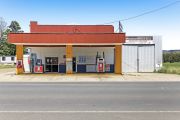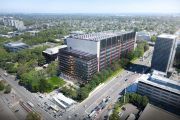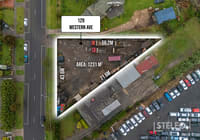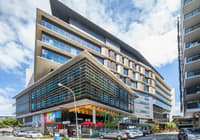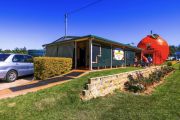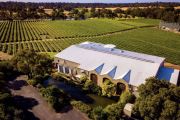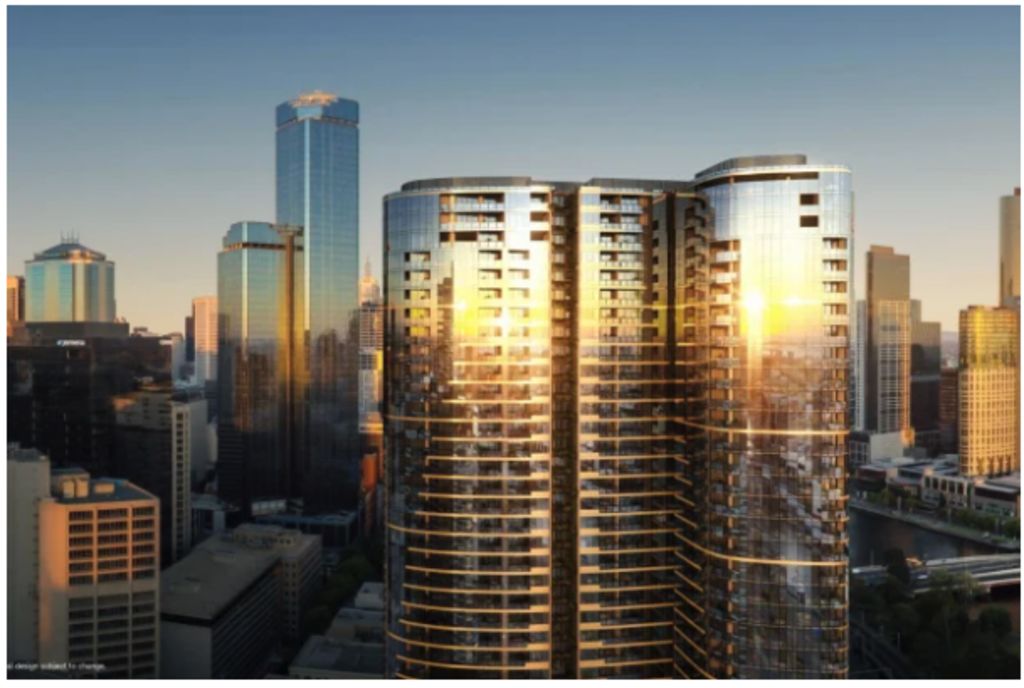
Only Melbourne will offer build-to-rent at scale by 2030
Melbourne is the only Australian city that will have developed a build-to-rent market of scale by 2030, as only it has enough suitable sites to permit the development of sufficient institutionally developed and owned housing, veteran planner Brian Haratsis says.
New estimates by the Macroplan executive chairman paint a more subdued picture of the size of the growing sector, with just 52,500 completed BTR homes nationally by 2030, of which 30,000 would be in Melbourne.
“Melbourne could be the first location in Australia with a competitive BTR market,” Mr Haratsis said.
“BTR is likely to be an insignificant player in all jurisdictions, except possibly Melbourne until at least 2030.”
The Victorian capital already has the largest number of completed BTR units, with projects including Grocon’s Home Southbank and Richmond developments, Mirvac’s LIV Munro at Queen Victoria Market, and Blackstone’s Realm Caulfield.
The limited scope for BTR – which, according to an Oxford Economics Australia forecast, is set to overtake all other property asset classes for new development by 2030 – reinforces the need for ways to boost the country’s rental housing stock that falls vastly short of the demand created by ever-smaller households and a return of immigrants.
Local councils and state governments are increasingly considering interventions to increase rental numbers by bringing homes out of the short-stay market. Melbourne has more Airbnb listings than long-term rental listings, The Australian Financial Review reported last week.
While the Airbnb share of the rental market had appeared to stabilise since 2021, it needed to shrink to free up more long-term rental stock, housing economist Louis Christopher said.
“What would resolve the crisis is if it did move back from Airbnb property to the long-stay market,” he said.
A reduction on the return they can make from their properties – short-stay let is generally more lucrative than longer-term rental, provided domestic and international travel remains strong – could hasten the increase of institutional capital into residential ownership.
Census data shows a decrease in investor ownership of apartments, and in favour of owner-occupiers between 2016 and 2021, and this was likely to increase as institution-funded BTR development picked up, according to a report published in June by the Strata Community Association.
The forecasts by Mr Haratsis – predicting a total stock by 2030 close to half the 100,000 dwellings of the Oxford Economics Australia forecast – indicate that despite the growing enthusiasm for BTR, it is unlikely to become a tradeable asset class this decade, with the possible exception of Melbourne.
Nor, crucially, would it do much to ease Australia’s chronic housing shortage or ease rents, Mr Haratsis said.
Australia has 4443 institutional-grade BTR homes with a pipeline across Victoria, NSW, Queensland and Western Australia of almost 20,000. This would become increasingly harder to expand, he said.
“How do they think they’re going to replicate the number of sites going forward?” Mr Haratsis said. “It’ll be harder to replicate.”
Victoria, with an existing completed stock of 2245 BTR units and a pipeline of nearly 13,100, still had more suitable sites than other cities, with well-located, inner-ring suburbs such as Richmond and Collingwood offering good public transport access and could support the housing type, he said.
Even so, Mr Haratsis said the increase in BTR homes over that time would be minor compared with the 1.04 million new homes Australia would develop between June 2023 and 2030 – lifting total housing stock to 12.06 million – and would have a minor effect on a population that would increase by 2.35 million people (500,000 of them in Melbourne) over the same period.
“It will have limited impact on vacancies,” he said.

